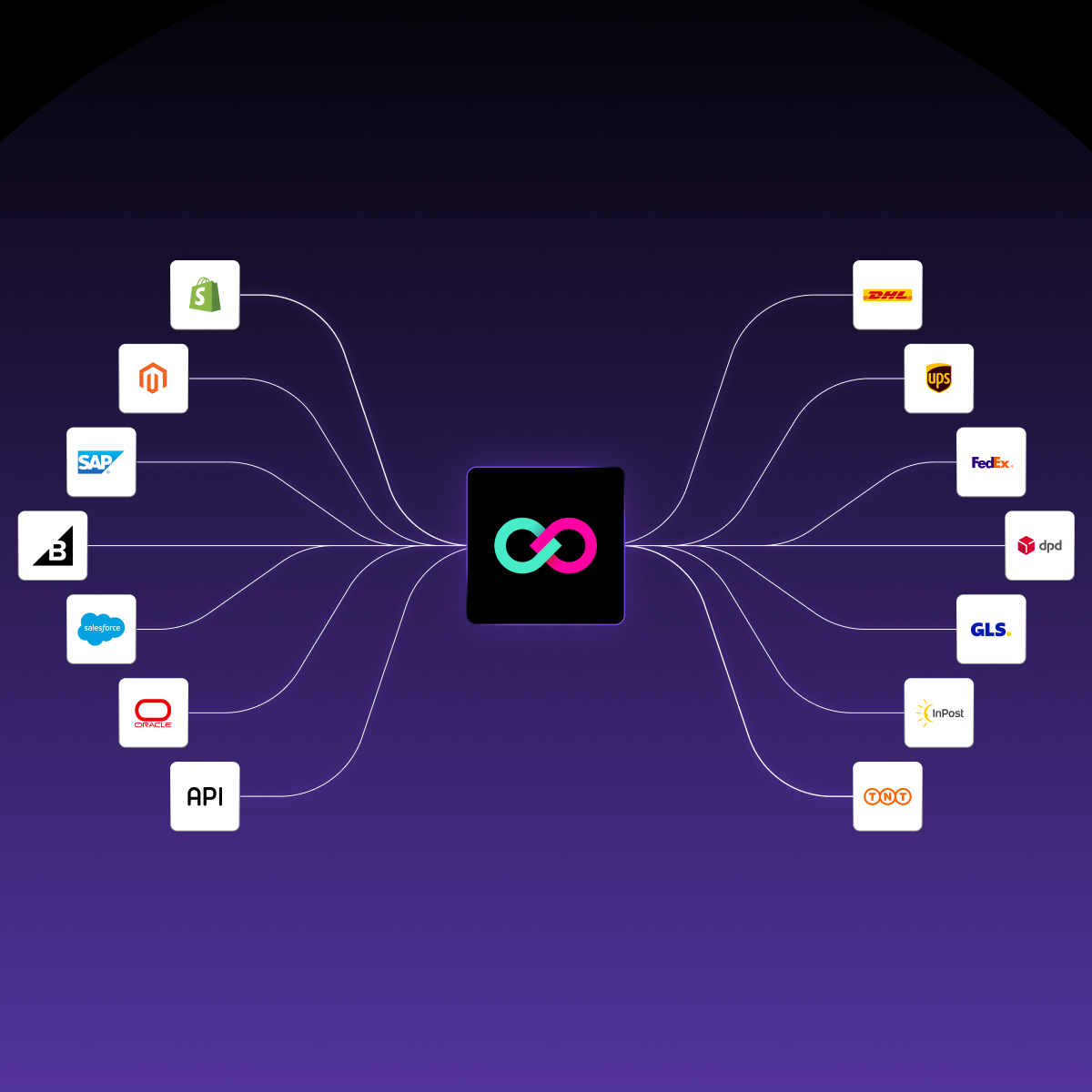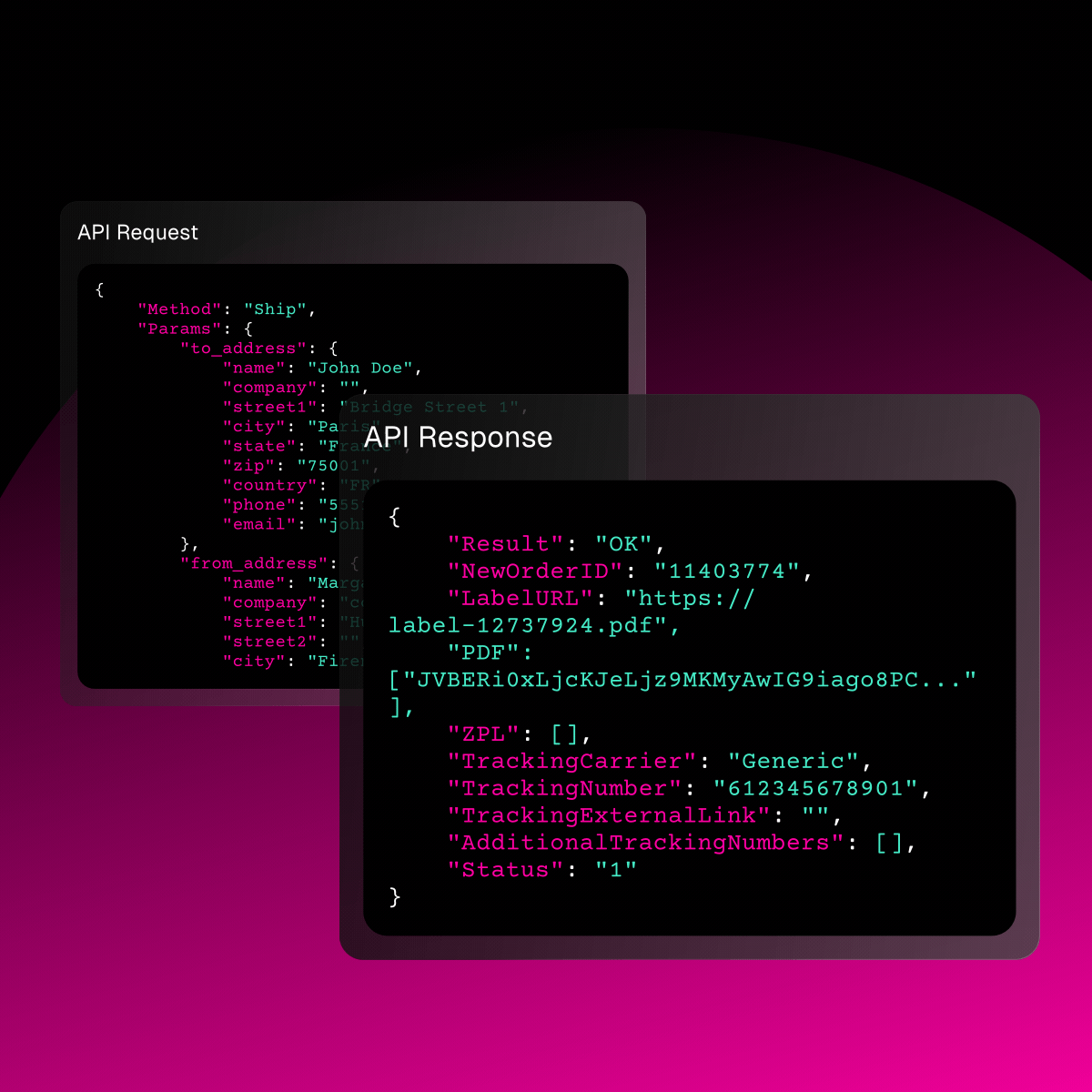Single’s Day marketing [11:11]: strategies and examples
 By
Giulia Castagna
·
6 minute read
By
Giulia Castagna
·
6 minute read
Single’s Day is a global shopping event that offers remarkable opportunities for brands and businesses (as well as consumers).
Originating in China, this “holiday” has quickly gained popularity worldwide, becoming a must for shopping lovers, especially online.
In this article, you’ll discover the origin of Single’s Day, its growing impact on the retail sector, and the best marketing strategies to make the most of this phenomenon with real examples to inspire you.
What is Single’s Day
Single’s Day, also known as "Singles' Day" or "Guanggun Jie" in China, is a shopping event celebrated on November 11th every year.
The date 11/11 was chosen because it visually represents four “1”s, symbolising the concept of being single.
The day was initially conceived as a university celebration in China but soon turned into an occasion for all singles to celebrate self-esteem and individuality.
During Single’s Day, consumers indulge in shopping, looking for discounts, promotions, and incredible deals on a wide range of products from clothes to electronics, home goods to cosmetics.
The origin of Single’s Day
The origin of Single’s Day dates back to the 1990s, when a group of Chinese university students from Nanjing University began celebrating the day as a way to combat the monotony of single life.
These young singles chose November 11th because of its numerical symbolism, which visually recalls the concept of “single.” Their goal was to boost self-esteem and help people without romantic partners feel better about themselves.
The celebration grew in popularity among university students but remained a local event until Alibaba — one of China’s e-commerce giants — launched the first “Double 11” (11/11) Shopping Festival in 2009.
This marked a turning point, transforming Single’s Day from a simple student celebration into a large-scale shopping event.
The growing importance of Single’s Day in retail
In recent years, Single’s Day has gained major importance in the retail world, both in China and globally. This is largely thanks to Alibaba’s influence, which turned the event from a local celebration into an international shopping festival.
The success of this day lies in the combination of extraordinary deals, special promotions, and exclusive offers from both online and brick-and-mortar retailers. This mix has captured consumers’ attention, who now eagerly await November 11th to grab the best deals.
Over the years, Single’s Day has seen consistent growth in sales, breaking records year after year, and becoming one of the world’s biggest shopping days.
This has made Single’s Day a key date in companies’ marketing calendars, requiring targeted and innovative marketing strategies to seize the opportunities of this special occasion.

Sales statistics from recent years
Single’s Day has become a global shopping phenomenon, and recent sales data reflect consumers’ enthusiasm worldwide.
In 2021, Alibaba set a new record during Single’s Day, generating over 84 billion dollars in sales in just 24 hours. This marked a significant increase compared to previous years and confirmed the event’s steady global growth.
In 2020, global sales reached 78 billion dollars — up 26% from the previous year — and those numbers continue to rise.
Of course, in Europe and in the UK, Single’s Day hasn’t yet reached the popularity of major shopping seasons like Christmas or Black Friday, but it’s steadily gaining traction.
Most importantly, this success keeps growing year after year making it essential not to miss this train and to seize valuable opportunities for sales (and traffic). Especially considering your competitors might already be getting ready to take advantage of it!
The importance of marketing for Single’s Day
Marketing is crucial to the success of Single’s Day. Businesses need to capture consumers’ attention, stand out from the competition, and persuade customers to buy.
To make the most of this day, it’s vital to develop a targeted marketing strategy.
Opportunities for brands and businesses
Single’s Day offers countless opportunities for brands and businesses to boost sales and visibility.
Here are some of the main advantages this special day brings:
- Sales growth: Single’s Day is a unique occasion to increase sales in a short period. Customers are looking for exceptional deals and are willing to spend more on this day.
- Brand awareness: participating in the event can enhance brand visibility. The exposure gained during Single’s Day can lead to long-term benefits.
- Customer loyalty: special offers and promotions can attract new customers and strengthen bonds with existing ones, leading to greater long-term loyalty.
- Market expansion: Single’s Day isn’t limited to China — it’s a global celebration. This gives companies the chance to expand their reach and engage international customers.

The importance of a targeted strategy
To fully leverage the opportunities of Single’s Day, companies need to craft a well-planned marketing strategy.
Here are some key guidelines for success:
- Know your audience: first of all, it’s essential to understand who your customers are, their interests, needs, and preferences. This knowledge helps create offers that truly resonate.
- Offer meaningful discounts: discounts are at the heart of Single’s Day. Make sure to provide strong deals that grab attention. The more appealing the offer, the higher the chance of conversion.
- Plan ahead: prepare well in advance. Ensure sufficient inventory, a website or app ready to handle increased traffic, and properly trained staff.
- Harness online promotion: use online channels to promote your deals. Social media, digital ads, and email marketing are your best allies.
- Communicate clearly: make sure your customers understand your deals clearly, whether through website banners, app notifications, or emails and social posts.
10 successful Single’s Day campaigns
One of the best ways to find inspiration for your Single’s Day marketing is by looking at brands that have already run successful campaigns for the occasion.
Here are 10 examples to take inspiration from:
- Alibaba: the e-commerce giant set the standard with its live TV gala featuring celebrities, musical performances, and interactive games creating a festive, engaging atmosphere that builds strong anticipation among shoppers.
- Amazon: Amazon promotes “Single’s Day Deals” with a wide range of discounts on electronics, clothing, and home goods, effectively attracting bargain hunters.
- Zalando: the popular online fashion retailer launched its “Single’s Day Fashion Extravaganza,” offering discounts on trendy clothing, shoes, and accessories.
- JD: JD.com, one of Alibaba’s main competitors, took a unique approach with its “Global Anti-Poverty Shopping Day.” In collaboration with charities, part of the Single’s Day revenue was donated to anti-poverty initiatives resonating with socially conscious consumers.
- Nike: Nike capitalised on consumer desire for exclusivity by releasing limited-edition sneakers for Single’s Day available for a short time only, increasing demand among sneaker fans.
- YOOX: the luxury fashion retailer launched its “Single’s Day Designer Discounts” campaign.
- eBay: eBay introduced “Single’s Day Flash Auctions” for unique and rare items, generating strong interest among collectors and bargain seekers.
- Sephora: the beauty brand hosted “Singles’ Day Beauty Parties” both online and in-store, with special discounts and personalised consultations, offering a unique customer experience.
- Pinduoduo: the Chinese platform focused on group buying, offering progressive discounts based on the number of participants encouraging users to involve friends and family, increasing engagement and sales.
Ideas for exclusive Single’s Day promotions
By now, it should be clear that the key to success on Single’s Day lies in offering promotions and deals your customers can’t resist. And if the examples above weren’t enough, here are a few more ideas for 2025 Single’s Day promotions:
- Progressive discounts: offer increasing discounts based on total spending to encourage larger purchases.
- Special bundles: create discounted bundles of complementary products to increase perceived value.
- Free or reduced shipping: lower shipping costs — or make it free above a certain threshold — as a strong incentive.
- Limited-time offers: provide exclusive discounts for just a few hours or one day to create urgency.
- Exclusive deals for loyal customers: reward your loyal shoppers with special offers to strengthen brand relationships.
- Self-love themed products: one of Single’s Day’s strongest messages is self-love — include this theme in your campaigns (for example, by offering customers a “you deserve it” self-note option).
- Memes and viral content: social media virality is a powerful way to promote your brand during Single’s Day. It helps showcase personality while building engagement beyond sales.

Single’s Day: a final thought
In conclusion, Single’s Day represents a unique opportunity for brands and companies to boost sales, strengthen brand awareness, and build relationships with customers.
However, to succeed on this special day, it’s essential to develop a targeted marketing strategy, leverage successful tactics, and make the most of influencer and social media power.
With the right approach, Single’s Day can become a key moment in your company’s marketing calendar.
Single’s Day: Frequently Asked Questions
What is Single’s Day?
Single’s Day (also “Singles’ Day” or “Guanggun Jie”) is a shopping event held every year on November 11th (11/11), known for massive promotions across categories like fashion, electronics, beauty and home.
Why is it celebrated on 11/11?
The date shows four “1”s, symbolising being single. It began as a student celebration of self-esteem and individuality before evolving into a global shopping festival.
Where did Single’s Day originate?
It originated in China in the 1990s (popular among students), and in 2009 Alibaba launched the first “Double 11” Shopping Festival, turning it into a large-scale retail event.
How important is Single’s Day for retail?
It’s one of the world’s biggest shopping days, combining strong discounts, exclusive deals and omnichannel activations. Many brands now include it as a key date in their marketing calendar.
Is Single’s Day relevant outside China?
Yes. While it’s most popular in China, it’s growing globally (including Europe and the UK). Brands use it to drive sales, awareness and loyalty in international markets.
What marketing tactics work best?
Plan early, know your audience, offer meaningful discounts, ensure stock/site readiness, and promote via social, paid ads and email. Clear communication of offers is essential.
What types of promotions should I run?
Progressive discounts, themed bundles, free/reduced shipping thresholds, limited-time “flash” deals, loyalty exclusives, and “self-love” messaging tailored to Single’s Day.
How can I create urgency without hurting margins?
Use time-boxed promos, spend-tier discounts, limited editions and curated bundles to raise AOV, rather than blanket percentage cuts across the board.
What are examples of successful Single’s Day campaigns?
Live galas and interactive formats (Alibaba), marketplace-wide deal hubs (Amazon, Zalando), limited editions (Nike), charity tie-ins (JD), flash auctions (eBay), and beauty events (Sephora).
How should I prepare operations?
Forecast demand, secure inventory, stress-test your site and checkout, set clear shipping/returns, and align customer service for spikes in traffic and WISMO queries.
How do I leverage social and influencers?
Plan creator partnerships, short-form video, live shopping, memes and interactive content to build anticipation and engagement beyond discounts.
Is Single’s Day only about discounts?
No. It’s also about brand storytelling and community. Self-love themes, exclusive drops and experiences (online or in-store) can differentiate you from price-only players.

Curious by nature, analytical by mindset, Giulia Castagna is the voice behind ShippyPro’s content. As Content Marketing Manager, she simplifies complex logistics topics for those who ship around the world every day. She writes about AI, automation, and shipping trends to inspire data-driven decisions.






.webp)



.webp)
